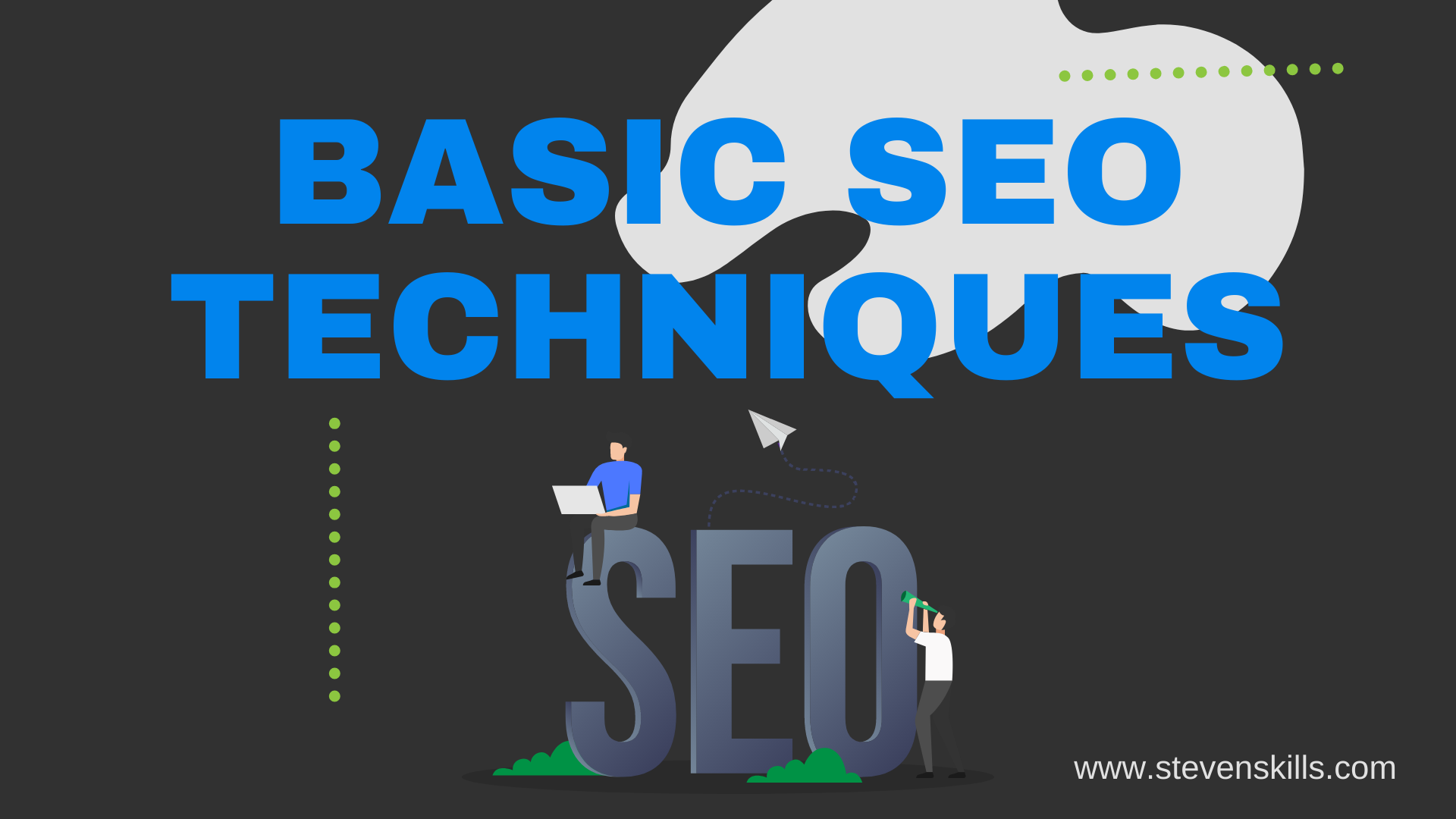SEO Tips for Your Website

In this article, I'll provide a few seo tips and explain the importance of Content optimization and the meta descriptions of each page on your website. We'll also cover internal linking and Metrics, which are all important parts of your overall website strategy. Ultimately, the success of your website depends on the amount of traffic it receives and the quality of content you provide. So, what should you be doing to improve your website's SEO? Let's look at each of these elements in detail.
SEO Tips: Content optimization
Performing content optimization is an important step in your overall content marketing strategy. It improves your website's ranking, increases traffic, and builds trust with users. It can also boost your branding. To increase your conversions, your content marketing strategy should focus on increasing both organic search traffic and brand sales. Listed below are a few tips on how to optimize your content. Read on to learn more! Also, keep in mind that you should update your content regularly, rather than just once.
Optimizing content includes using keywords and meta tags that attract the most potential audience. This also includes headers, subheaders, links, image sizes, and on-site speed. The more relevant your content is, the more likely a user will click through and find your content. It's also a good idea to add calls to action and use keyword suggestions in your content. Finally, content optimization should make your website faster. This is one of the most critical parts of website optimization, so make sure to invest in good quality content.
The goal of content optimization is to provide your audience with the information they need. Using the six rules above will help you meet the search engine requirements to get your content noticed by Google. Remember that content isn't just there to be found by search engines, it's also there to build trust. By providing useful information to your audience, you can increase the trust of your readers. If you can do this, your content marketing strategy is on its way to success.
SEO Tips: Meta descriptions
Creating an effective meta description for your website is an easy and cost-effective way to improve search engine rankings and boost CTR. Most marketing teams spend countless hours creating a visually-appealing platform, but not all of this effort pays off. You should instead aim for one thousand high-quality visitors rather than 1,000 low-quality ones. That way, you will attract more repeat visitors and avoid high bounce rates. Bounce rates refer to the number of times a website visitor leaves a page. The high bounce rate also sends a signal to search engines.
When creating a meta description, consider which parts of your website should be most prominent. For example, a product page has a straightforward response: "products and services." This is because you are promoting products and services. Home pages, on the other hand, are trickier. Ideally, your meta description should be no more than 120 characters. If you'd like the full description of your website to appear on search results pages, then you should focus on your brand.
While it does not directly influence the rankings, using the most important keywords in your meta description will improve CTR. Bolding keywords also increase the click-through rate, or CTR, which determines page rank. High CTR signals to search engines that your page is relevant. It is important to remember, though, that search engines can be stubborn. Try changing the meta description if your website's page rank has decreased.
SEO Tips: Internal linking
While it's possible to optimize the SEO value of a website without external linking, internal linking can help you achieve higher search engine rankings. Internal linking creates a tight-knit web of related pages. To maximize internal linking, your site needs a lot of content. Create blog posts, articles, and other types of content that can be linked internally. Internal linking should be strategically placed on your website to maximize its potential.
Use relevant anchor text for internal links throughout your site. Make sure they appear within the first 150 words of the content. By putting internal links strategically throughout your content, they'll attract visitors and encourage them to spend more time browsing your website. For example, if your page is about how to install cables, create a link to it, "learning how to install cables."
When performing SEO on your website, it's crucial to create a logical site structure. Pages with high authority will naturally pass link equity to their lower-ranking siblings. But pages with low authority will benefit from links to high-authority pages. Using internal links to boost rankings on low-authority pages can help your overall website's ranking. This is a fast, free, and highly effective strategy that can improve the SEO value of your website.
SEO Tips: Metrics
Metrics for performing SEO on your website are a great way to evaluate your results. These measurements are quantifiable and focus on concrete indicators. For example, if your website is ranked well for "contractors," your site may appear on page three of search results instead of page two. This is because keywords affect rankings. To improve your ranking, research keywords related to your industry and target audience. A good keyword research tool will help you develop and track your SEO metrics.
Another important metric to measure is web page speed. According to a Google study, a page's load time must be under two seconds to increase conversions. Fortunately, there are several tools that can help you track these metrics. You can use Google's PageSpeed Insights tool to get a better idea of how well your website is performing. This tool can help you determine where to make improvements, and it's free.
Another important metric to track is branded traffic, which is traffic from users searching for your brand name. This traffic should be the most important since it typically results in the highest conversion rates. In addition, you should track mistyped keywords to see how people find your site. Finally, you should look at the bounce rate of your website, which measures the number of visitors that leave your website without taking action. You can find this data in Google Search Console.
SEO Tips: Site architecture
You may have heard that site architecture is crucial to SEO. If your site's structure is well-designed, you can optimize its navigation for search engines and users alike. By optimizing your site's navigation, search engines will easily find and index your content. If your website's navigation is poorly designed, it will likely result in high bounce rates and a low engagement rate. The best way to improve your Site Architecture is to make sure that you keep your content simple and easy to navigate.
In short, your site architecture is the most important aspect of SEO. Search engines crawl your website in order to determine what content is important for visitors. Site architecture defines your website's structure, breadcrumbs, URL structure, navigation, and site content. Effective website architecture is easy for visitors, search engines, and even humans to understand. Site architecture can make all the difference in how your website is discovered. Here are some simple steps to optimize your site's structure:
One way to improve your site's information architecture is to create as few links as possible. Too many links will smother a page's ability to rank for its target keyword. Site architecture is also important to human users, as it helps the search engine spider understand where to index a page. Site architecture also contributes to brand reputation. A well-defined IA is easy for search engines to understand and rewarded.
SEO Tips: XML sitemap
If you're not sure how to create an XML sitemap for performing SEO on a website, here are some tips for you. First, ensure that all the available space is used in your sitemap. This way, your website will load faster. Additionally, you can create an XML sitemap for performing SEO on your website by adding a "noindex" tag to your URLs.
The XML sitemap helps the search engines index your website faster since it shows all the pages on your site. It also helps overcome the limitations of weak internal linking, which can slow down a website's indexation. Lastly, it's easy to create an XML sitemap for performing SEO on your website. You can use sitemap generators to create a sitemap for your WordPress site, which is quick and easy to install.
Once you've added a sitemap to your website, you need to submit it to Google. To submit your sitemap, go to Google's Search Console and enter the URL in the field provided. Make sure you include your URL in the XML sitemap since it's the only place where the search engines will crawl it. If you submit an XML sitemap with a large difference between the submitted and indexed numbers, you may have a sitemap problem. You may need to add more links.
If your website has thousands of pages, you should create an XML sitemap that highlights these pages. This way, crawlers won't index any pages that don't pertain to SEO. For instance, a website with 1,000 pages might only contain 475 pages that are SEO relevant. Highlighting these pages will deprioritize the rest of your website's pages and improve your rankings.


